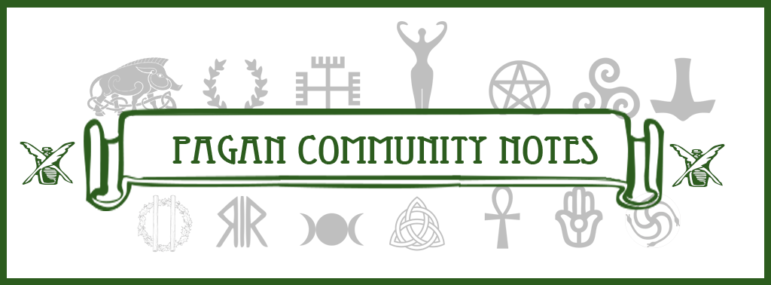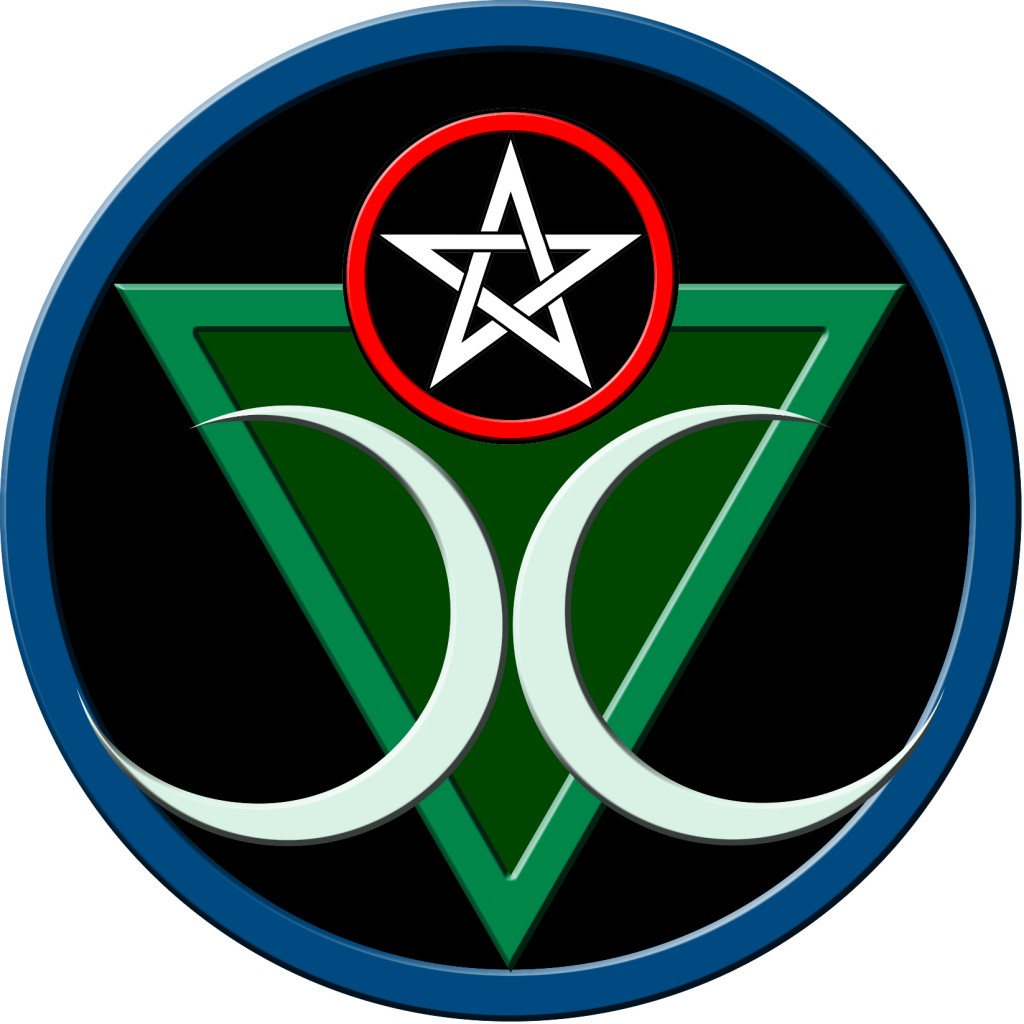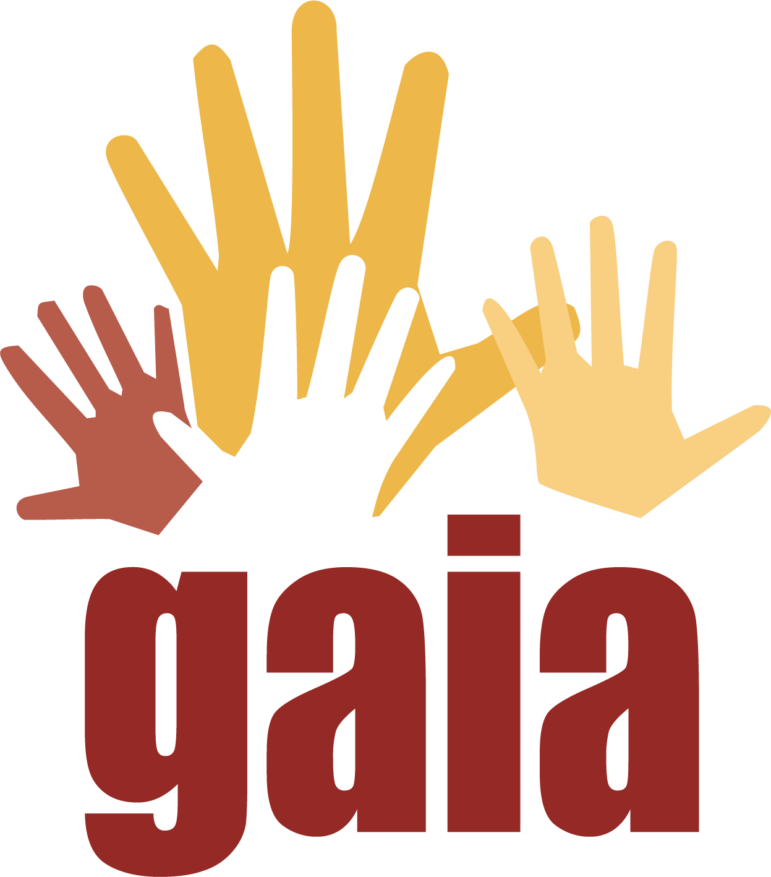
![]()
![]()
AIA Welcomes Declaration from 95 Environment Ministers Reaffirming Majority Support for Ambitious Plastics Treaty
 If you are in Florida, the festival is happening this weekend. Summer Magick Fest. Now in its fourth year, the event builds an Earth-centered spiritual community in Florida. Summer Magick Fest invites a mix of new and returning headliners in order to bring the best national presenters to Florida and keep them here to deepen their teaching. The theme for 2025 is “Building our Magickal Family,” and the ritual cycle will focus on all the forms family takes in our spiritual lives. From ancestral whispers to spirit guides, from aunties to beloveds, our magickal families are diverse and wonderful and sometimes challenging. Our main ritual will carry participants to a place of ancestral healing to care for our forgotten family and return us to the loving embrace of Summer Magick Fest to envision a future where our families are agents of cultural transformation.
If you are in Florida, the festival is happening this weekend. Summer Magick Fest. Now in its fourth year, the event builds an Earth-centered spiritual community in Florida. Summer Magick Fest invites a mix of new and returning headliners in order to bring the best national presenters to Florida and keep them here to deepen their teaching. The theme for 2025 is “Building our Magickal Family,” and the ritual cycle will focus on all the forms family takes in our spiritual lives. From ancestral whispers to spirit guides, from aunties to beloveds, our magickal families are diverse and wonderful and sometimes challenging. Our main ritual will carry participants to a place of ancestral healing to care for our forgotten family and return us to the loving embrace of Summer Magick Fest to envision a future where our families are agents of cultural transformation.
Workshop presenters are hand-chosen by the organizers to fill two parallel tracks of learning and exploration. To refresh our spirits, Friday night we will don our kilts and dance to Eireann’s Call, the latest creation from vocalist David Doersch and percussionist Cat Doersch, familiar to pagan audiences as the forces behind long-time favorite Celtic band, Coyote’s Run.
The event moves to a larger venue at the Renaissance Orlando Airport Hotel, 5445 Forbes Place, Orlando, Florida 32812.
Congratulations to Pagan Spirit Gathering!
The 45th anniversary of Pagan Spirit Gathering begins June 15th and runs through 22nd in northern Wisconsin, USA. The gathering will include a variety of rituals, workshops, concerts and vendors along with an assortment of other activities.
Their Pagan Leadership Institute will host workshops by Pagans from diverse traditions. This year, they have three notable presenters from the UK: musician Damh the Bard, writer and artist Cerri Lee, and author Kristoffer Hughes, Chief of the Anglesey Druid Order. In addition, High Priestess, Rev. Selena Fox will be presenting a three-part program, Creating and Leading Tree Rituals, which will focus on tree ceremonies, meditations and spiritual attunement with individual trees and with forest ecosystems.
Pagan musicians will be sharing their music through concerts and other performances throughout the week. In addition, there will be more than 150 other program activities.

More Events at our new Events Calendar
Tarot of the Week by Star Bustamonte
 Deck: The Sacred Circle Tarot by Anna Franklin, illustrated by Paul Mason, and published by Llewellyn Publications
Deck: The Sacred Circle Tarot by Anna Franklin, illustrated by Paul Mason, and published by Llewellyn Publications
Card: Page of Cups – Reflection
The next seven days are liable to stir the cauldron of ancestral knowledge and genetic memory, particularly as it applies to the use of intuition. This might just be the week to truly trust your gut instincts. There is also likely to be a creative or innovative thread running through the week’s events that may present an opportunity for a pleasant surprise. Be ready to stay the course because anything is possible for those who are determined in the pursuit of their objective.
In contrast, second-guessing pending decisions and doubting what is felt on soul level will only add to any confusion. There is the potential for a creative block or just feeling stuck on how to proceed. Additionally, be mindful of those who lean towards being selfish, or even bitter, and take care to avoid them whenever possible, as negative emotions can be contagious. Letting go of past grudges before they can make the holder of them mentally or physically unwell is indicated.
![]()
World Day Against Child Labour: A Global Call to Action
Each year, on June 12, the international community marks World Day Against Child Labour—a solemn reminder of the millions of children across the globe who are denied their right to a childhood. Launched in 2002 by the International Labour Organization (ILO), this observance is not only a time for reflection but a clarion call for renewed action. It reminds us of our collective responsibility to protect the most vulnerable from exploitation and ensure they have the opportunity to grow, learn, and thrive in safe and supportive environments.
Understanding Child Labour
Child labour refers to work that deprives children of their childhood, dignity, and potential. It is work that is mentally, physically, socially, or morally harmful and interferes with their schooling. According to the ILO, child labour involves children who are either too young to work or are engaged in hazardous activities that can harm their development.
The roots of child labour are deeply embedded in poverty, lack of education, weak legal protections, and social inequality. It is a global problem, but its prevalence is particularly severe in regions such as Sub-Saharan Africa and South Asia. Children in these regions are often forced into labour due to family financial pressures, emergencies, or the absence of accessible, quality education.
Global Statistics: A Crisis in Numbers
As of 2024, nearly 138 million children are engaged in child labour, with approximately 54 million of them involved in hazardous work. These staggering figures underscore the gravity of the issue. Though the global rate of child labour has declined over the past two decades—cut in half since 2000—progress has stalled, and in some regions, it is reversing.
More than 70% of child labour occurs in agriculture, often in rural, impoverished communities. Other common sectors include mining, construction, domestic service, and street vending. Many children work long hours under dangerous conditions, exposed to toxic substances, heavy machinery, or abusive employers.
The Legal Framework
World Day Against Child Labour is grounded in two key ILO conventions:
- Convention No. 138 (1973): Sets the minimum age for employment.
- Convention No. 182 (1999): Aims to eliminate the worst forms of child labour, including slavery, trafficking, forced labour, and hazardous work.
These conventions are universally ratified, yet implementation remains a major challenge. Gaps in enforcement, corruption, conflict, and insufficient resources continue to hinder progress.
2025 Theme: “Progress is clear, but there’s more to do: let’s speed up efforts”
This year’s theme emphasizes urgency. Despite some victories in reducing child labour, the world missed its 2025 goal to eliminate all forms of child labour under Sustainable Development Goal (SDG) Target 8.7. Experts warn that unless efforts are accelerated elevenfold, the international community will fall dramatically short of its commitments.
The theme is both a celebration of past achievements and a demand for reinvigorated strategies. It asks governments, civil society, businesses, and individuals to commit to stronger laws, better data collection, improved enforcement, and direct support to vulnerable children and families.
How the Day Is Observed Worldwide
World Day Against Child Labour is marked by a wide array of activities across continents. These observances serve to educate the public, pressure policymakers, and celebrate the resilience of children who have been freed from labour.
Observances are worldwide. UN agencies like ILO, UNICEF, and UNODC publish research, host virtual panels, and spotlight local success stories. Events often involve survivors of child labour sharing their stories and inspiring action. Meanwhile, NGOs and community-based organizations conduct street campaigns, social media outreach, and educational programming in schools.
On the international stage, parliaments in some countries hold special sessions or hearings. Faith-based organizations conduct interfaith prayers and awareness walks. Artists contribute through exhibitions, concerts, and short films.
What You Can Do
1. Raise Awareness: Share facts, graphics, or personal reflections on social media using hashtags like #EndChildLabour or #June12. Awareness helps keep pressure on institutions and attracts support for grassroots efforts.
2. Support Organizations: Donate to or volunteer with credible groups working to end child labour, such as Save the Children, Anti-Slavery International, or the Global March Against Child Labour.
3. Educate Yourself and Others: Use World Day as an opportunity to learn about the complex causes of child labour and discuss them with your community, workplace, or school.
4. Advocate: Urge your elected officials to support legislation and foreign aid initiatives that protect children’s rights and promote access to education and social safety nets.
5. Shop Responsibly: Choose brands that commit to fair labour practices and transparent supply chains. Look for certifications like Fair Trade or B Corp.
6. Engage Locally: If you are a teacher, parent, or student, you can plan school events such as essay competitions, storytelling sessions, or classroom discussions. If you are a business owner, you can review your supply chain to ensure it is free from child labour.
Looking Forward
World Day Against Child Labour is more than a symbolic date on the calendar. It is a rallying cry to fulfill the promise of childhood for every child. The road ahead demands political courage, global cooperation, and grassroots resilience. But history shows that progress is possible. With determination and solidarity, we can build a world where every child has the freedom to dream, play, and pursue a better future.
As the sun sets on June 12, may it rise on a world more aware, more compassionate, and more committed to ending child labour once and for all.
The Wild Hunt is not responsible for links to external content.
To join a conversation on this post:
Visit our The Wild Hunt subreddit! Point your favorite browser to https://www.reddit.com/r/The_Wild_Hunt_News/, then click “JOIN”. Make sure to click the bell, too, to be notified of new articles posted to our subreddit.
 ROME — The Covenant of the Goddess (CoG), one of the largest and oldest organizations representing Witches and Wiccans in the United States, joined a Papal General Audience held Wednesday morning, June 4, 2025, in Vatican City.
ROME — The Covenant of the Goddess (CoG), one of the largest and oldest organizations representing Witches and Wiccans in the United States, joined a Papal General Audience held Wednesday morning, June 4, 2025, in Vatican City. Declaration Released at United Nations Oceans Conference
Declaration Released at United Nations Oceans Conference